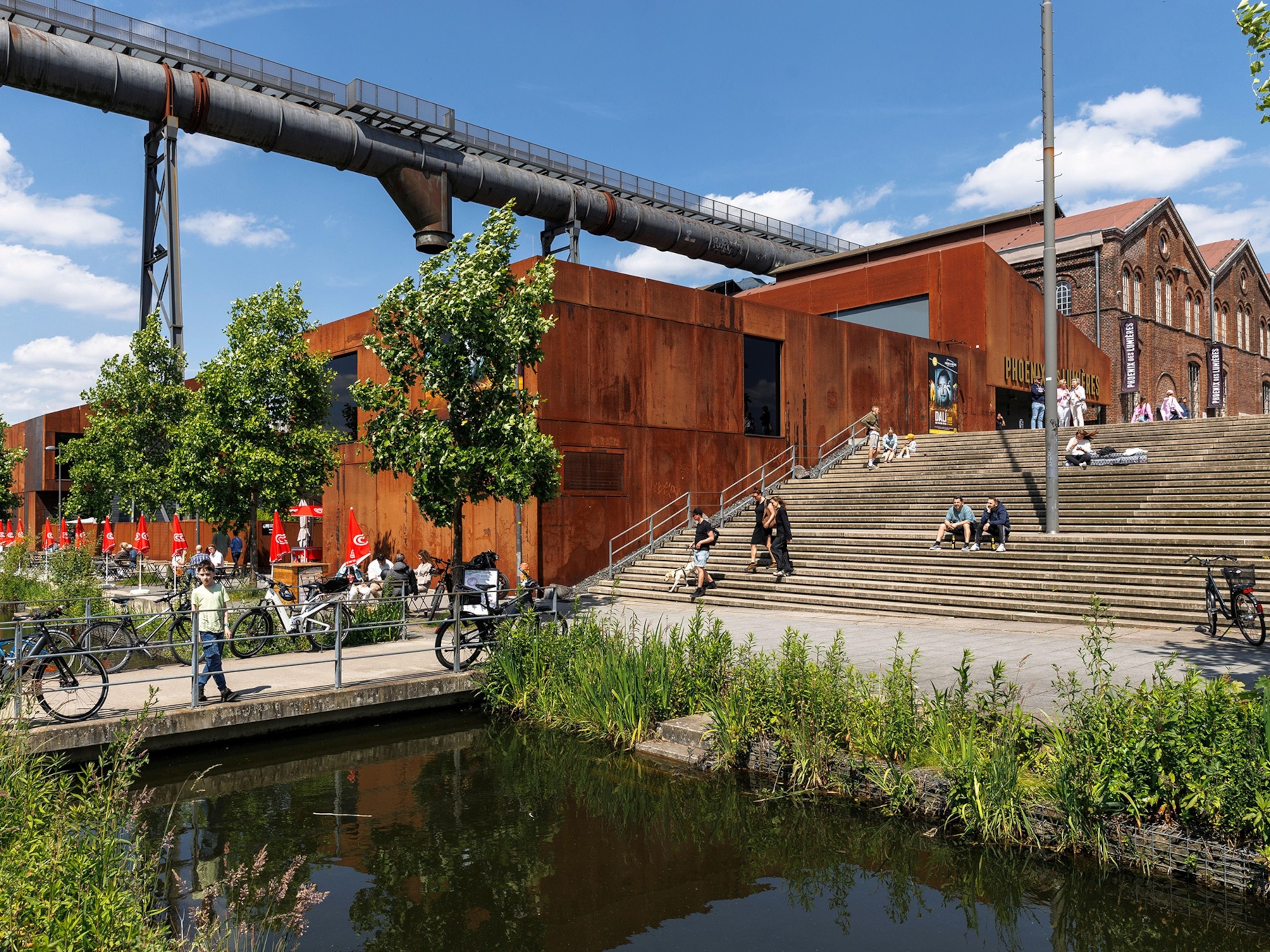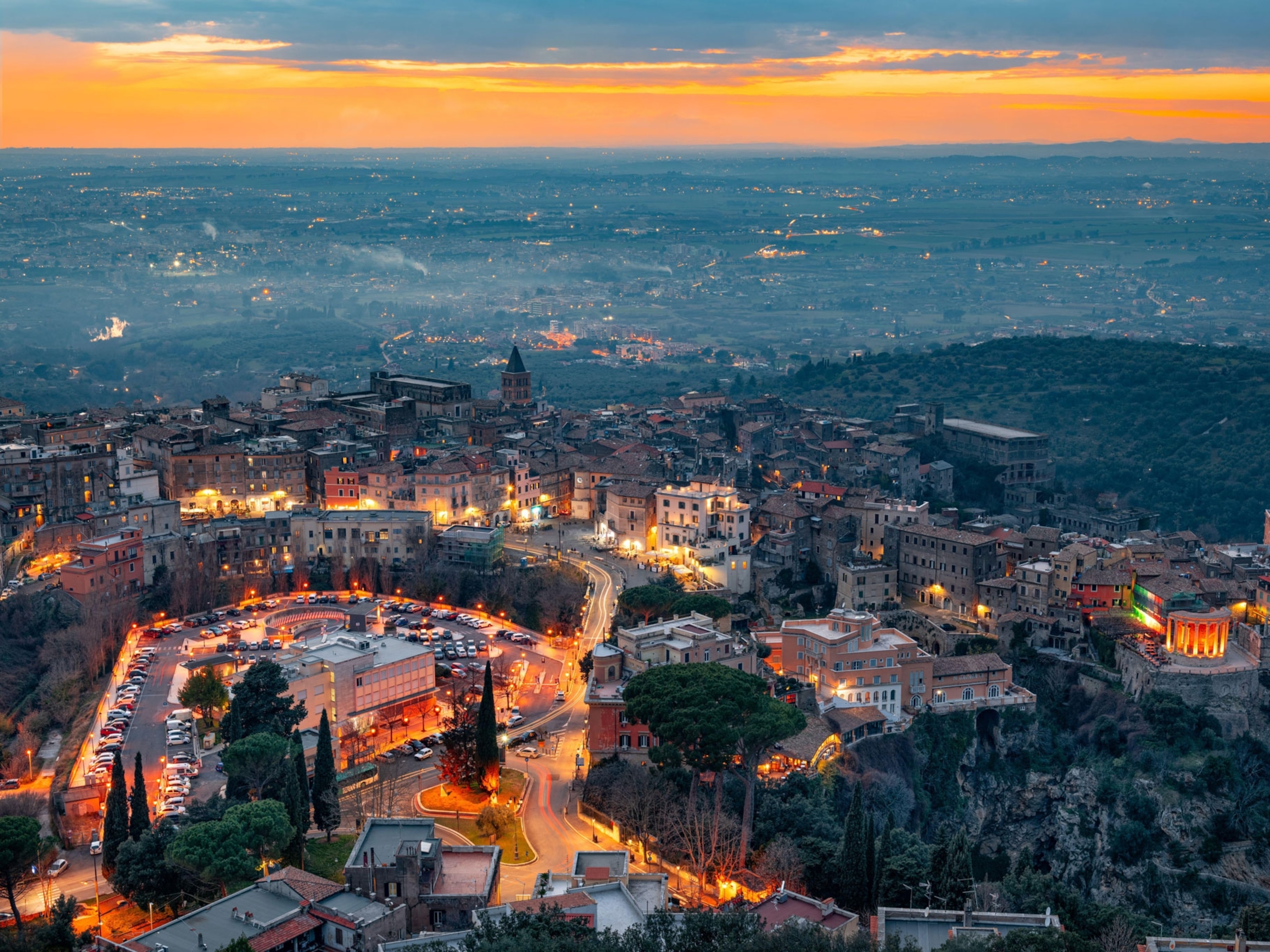These are the most delicious cities on Earth
UNESCO’s Cities of Gastronomy show how memory can be an ingredient—and taste a form of survival.

The sun rises quickly in the Sonoran desert. By 6 a.m., the air is already scorched and smoky, infused with mesquite from a baker’s wood-fired oven. The loaves rise slowly, made from heritage wheat first planted here centuries ago. Tearing open the crust, its nutty sweetness carries both flavor and memory. Each grain remembers a long line of farmers, floods, and hands that refused to let it disappear. This is Tucson—the first American city to earn UNESCO’s title of City of Gastronomy.
This title has been bestowed to only 56 cities in the world, special places which celebrate how people grow, share, and sustain food, proving that food heritage is just as vital as language or architecture.
UNESCO’s City of Gastronomy title recognizes how a city feeds its soul. To earn it, a place must prove that food is in its very DNA; rooted in local soil, traded in open markets, advanced by spirited restaurateurs, taught in classrooms, and served with respect for the planet that grows it. Every four years they’re judged again, to be sure the taste of authenticity hasn’t faded.
From the deserts of Tucson to the valleys of Parma to the rice fields of Battambang to Östersund’s frozen tundra, each of these cities carries the same conviction: Food is more than sustenance—it’s a vessel for memory.
Food can remind us who we are, where we’ve been, and what we want to become.
Tucson, Arizona
In Tucson, the desert dictates the menu. Summers crack the soil open like terracotta; come monsoon season, cloudbursts turn roads to rivers. When UNESCO named Tucson the first City of Gastronomy in the United States, it was recognising endurance—how farmers, cooks, and local producers have turned ancestral knowledge into something that binds.
Renowned baker Don Guerra began Barrio Bread in his garage; today it’s a Tucson landmark. “Bread tells Tucson’s food story one loaf at a time,” he says. “Since the UNESCO designation, I’ve seen our community come together around these local ingredients, [honoring] tradition while creating a model for a resilient, regionally connected food system that truly reflects the spirit of the Sonoran Desert.” His multi-textured loaves are emblazoned with a saguaro cactus; "an expression of our locale”.
South of the town, the San Xavier Co-op Farm, run by members of the Tohono O’odham Nation, tends crops that have sustained this landscape for centuries: tepary beans, cholla buds, and saguaro fruit gathered from cacti. “Each seed carries stories and songs,” says farm manager Amy Juan, “reminders that food is memory made edible.”
(Inside the Arizona city that's America's final frontier)
Visitors can taste that lineage all over town: Sonoran hot dogs at Aqui Con El Nene; crispy frybreads from Native American truck Popoverz; and carne asada at Tacos Apson. Even at old-guard institutions like El Charro Café, recipes for chimichangas and nopalitos trace Tucson’s deep blend of multicultural heritage.
Parma, Italy
On the fertile plains of northern Italy, abundance itself has become a tradition. In Parma, the heart of Italy’s “Food Valley,” flavor is something codified, aged, and taught. The air smells of milk and salt, and taste is wrapped in cool linen and left to mature.
UNESCO named Parma a City of Gastronomy in 2015, recognizing not only its iconic protected foods—Parmigiano Reggiano, Prosciutto di Parma, and Colli di Parma DoP wines that can come from nowhere else—but also its ambition to innovate through education.
“The project proposes a new model of urban planning,” says Carlotta Beghi, the city’s UNESCO coordinator, “based on an innovative approach to identity, creativity, and sustainable development.” In Parma, children learn why tomatoes taste better in summer. At lunchtime, the schools serve pasta made from regional grains and vegetables picked from community gardens. At the university’s Seasonal School in Food City Design, students study how to build communities around food rather than convenience.
Taste that legacy at Caseificio San Pier Damiani, where wheels of Parmigiano-Reggiano are turned by hand in warm brine, or over tortelli di erbetta with butter and cheese at Angiol d’Or, where the Parmesan grater has been worn smooth by decades of use.
(A two-wheeled culinary adventure through Emilia-Romagna, Italy)

Battambang, Cambodia
In Battambang, Cambodia, memory smells of lemongrass, prahok fish sauce, and woodsmoke. Along the snaking Sangker River—one of the most heavily mined areas in the world—the markets overflow with herbs: sawtooth coriander, holy basil, wild lime leaves. These are ingredients that survived years of destruction, sold alongside fried tarantulas, crickets, and giant water bugs. After decades in which so many food traditions were lost, cooking here has become a quiet form of restoration.
At Lok Ov Pok (translated to "Father’s Restaurant") home-style dishes tell generational stories of land and loss. “Battambang means anything delicious,” says owner Yong Leng Chhoeurt, referencing a song by the beloved local singer Sinn Sisamouth. “We cook the way our parents and grandparents did, using fresh seasonal produce from nearby farms and markets, but with modern ideas. It should feel like eating in my father’s dining room: Simple food, made with memory.”
Signature dishes include mee kola (noodles with egg, pork pâté, and pickled vegetables) and bok teuk amereuk, a local version of a classic Khmer salad served with tiny eggplants and herbs. These dishes, he says, “show who we are.”
This city is part of a global network of culinary diplomacy, proving that taste can build bridges. Battambang joined the UNESCO Creative Cities Network in 2023, recognizing its steeped traditions, resilience, and efforts to promote Khmer cuisine.
Östersund, Sweden
In Östersund, Sweden, on the edge of the Arctic Circle, memory ripens in the cold. For the 50,000 or so people who live here, the seasons are extreme: Long winters of darkness, summers brief and bright. It’s not where you’d expect to find a food capital. The rhythm of the land directs what ends up on the plate. Suovas reindeer meat, sweet, caramelized messmör cheese, and arctic char are the backbone of a cuisine that prizes ingenuity over indulgence.
One of the first cities ever named a UNESCO City of Gastronomy in 2010, Östersund built its reputation on sustainability and small-scale craft. Local producers at Eldrimner, Sweden’s National Centre for Artisan Food, train new generations of cheesemakers and brewers in techniques used to preserve milk, berries, and meat through the long winters. “Goat cheese, cloudberry jam, and tunnbröd are the tastes of our region,” says Annelie Lanner of Eldrimner, “but they’re also lessons in resilience, proof that traditional knowledge can adapt to modern challenges.”
(What it's like to celebrate midsummer in Sweden)
That spirit infuses the kitchens of Östersund’s new generation. “Our ingredients reflect the climate,” says Johan Rudsby, chef and owner of Bua, “a short growing season and concentrated [flavors]. We preserve summer’s bounty—fermenting, smoking, and drying—to sustain us through the darker months.”
Chef and entrepreneur Fia Gulliksson, who helped champion the city’s UNESCO designation, sees this as the start of a broader movement. “Becoming a City of Gastronomy validated what many of us had long felt: That creativity, small-scale food production, and sustainability are deeply interconnected,” she says. “Even a small city in the north can lead the way toward a more regenerative food culture.”
The city’s heating feeds on biofuel, another expression of Östersund’s determination to live lightly on the land. In a changing climate, this small northern town has turned preservation into art.





_4x3.jpg)

